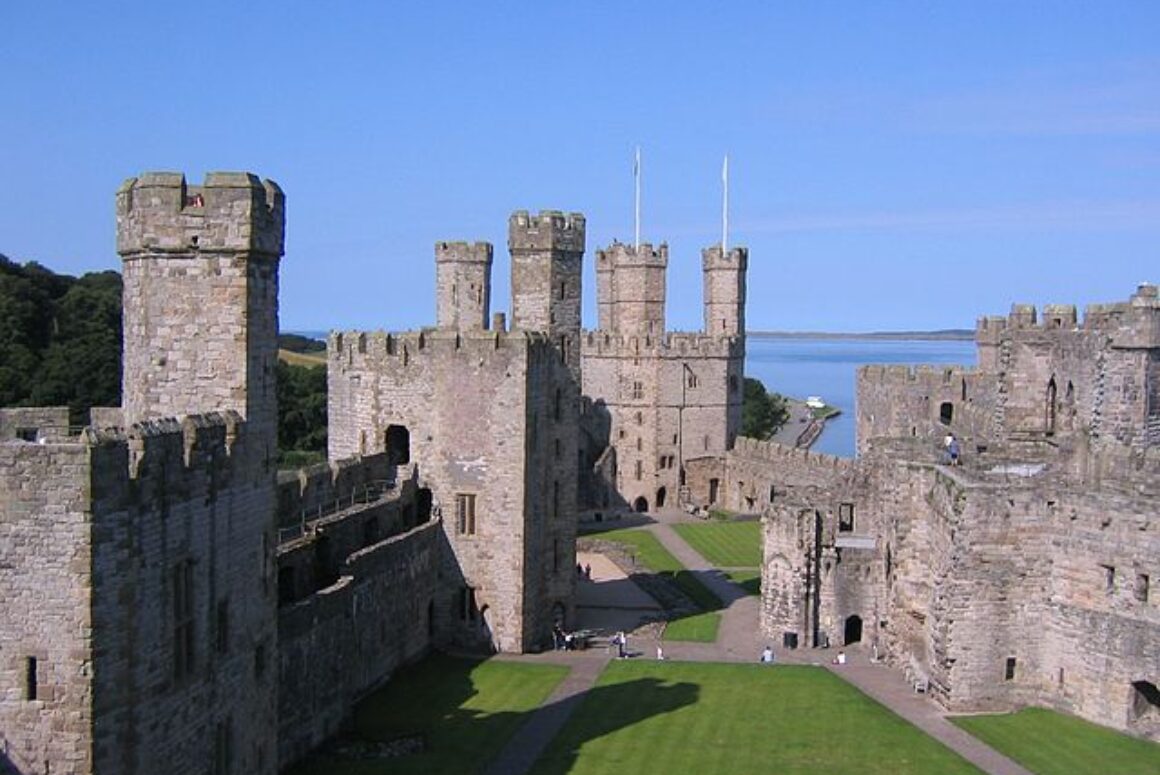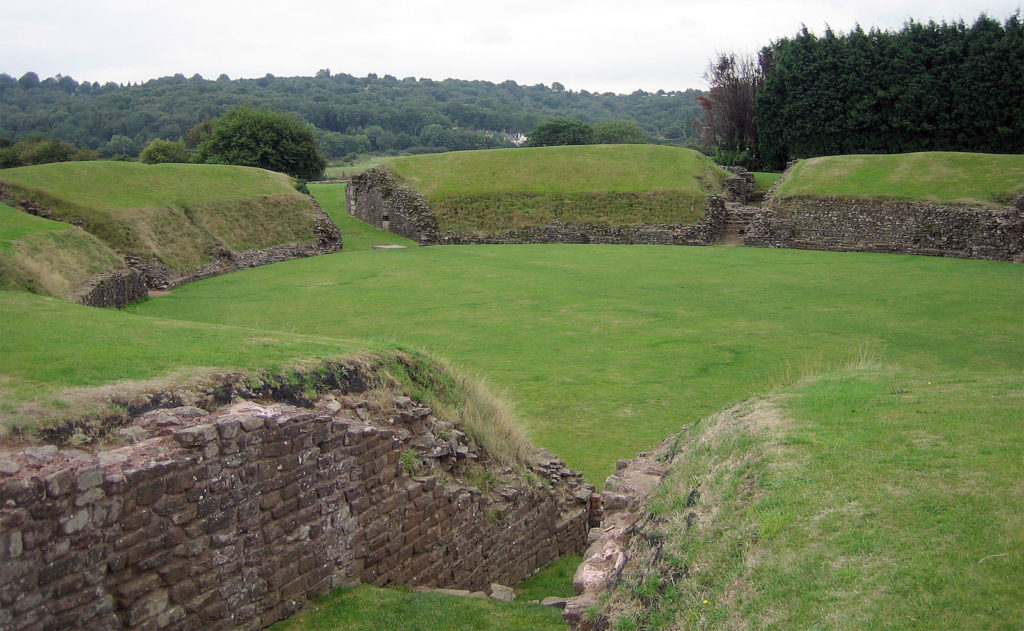In some respects, Wales feels as old as time itself. Dating back to Roman occupation and the tribes that occupied the British Isles before the Romans ever arrived, it’s a land that is steeped in history, mythology, and any other kind of lore you can think of. And because of this, a travel experience revolving around historical sights can be a great deal of fun.

To narrow down every sight worth seeing would be a far greater project than we can take on in a single article. But these are some particularly enjoyable historic sights to see on a tour of this beautiful and intriguing country.
Caernarfon Castle
There’s just something about castles that seems to grab our attention like few other structures or monuments from history. We imagine them as grand, wonderful masterpieces when we are young, and children will frequently build them as toys, or else draw or colour them in books. And of course, we see castles replicated in fiction in everything from tales of Robin Hood to modern fantasies like Game Of Thrones. With all this attention afforded to the concept of these ancient dwellings and fortresses, however, it’s rare to find one as beautifully preserved as Caernarfon Castle on the River Seiont.
Rating the castle as one of the 10 best tourist attractions in Wales (historical or otherwise), Planet Ware reveals that it is one of the largest castles in the country, and date back to the 13th century, when it was built by King Edward I on the site of an old Norman fortress. The castle stands right on the edge of the river, with the town of Caernarfon at its back, and it’s wonderful to explore. You can walk on its grounds and in the courtyard within its walls even now, and enjoy an atmosphere that may not be altogether different – at least visually – from what King Edward himself enjoyed there.
Great Orme Mines
The Great Orme Mines aren’t necessarily as beautiful to behold as the other sights being mentioned on this list, but they’re certainly fascinating to those who appreciate ancient history. Right on the northern coast of Wales, archaeologists discovered these mines some 30 years ago, and dated them to roughly 2,000 B.C. That gives you just some idea of the ancient settlements that inhabited the country, even if the mines aren’t too much to look at.
Caerleon Roman Fortress
Arthurian legend takes many forms. Traditionally, it’s an idyllic myth of kings and knights in glittering armor doing good deeds around ancient Britain. Recently, the film King Arthur: Legend Of The Sword presented a darker and more fantastical angle with Arthur battling through an almost Middle Earth-like kingdom. One online game even makes Arthur sound somewhat mischievous, beginning its description stating that King Arthur and his cronies are off hunting the Holy Grail. It makes some sense given that this is a slot game and the hunt for riches is thematically appropriate – but “cronies” isn’t normally a word for good guys!
You get the idea – King Arthur has been described in many forms. But most who have looked into the matter agree that if there ever was such a figure, he was probably a Roman general and/or warrior stationed in Britain (the 2004 film King Arthur took this approach, calling him “Artorius”). And if that was indeed the case there’s some evidence that he may have spent time in Wales. A 12th century writer claimed that the area that is now Caerleon, a pretty suburb outside of Newport, was the true location of Camelot. And whether or not that’s true, the town does have an old Roman fortress that’s still partially visible – perhaps, just maybe the real Camelot.
Snowdonia
Snowdonia is a sprawling national park full of big mountains and beautiful lakes, and not what one typically thinks of with regard to historical “sights.” Of course, the land itself is ancient, and any time you see such a dramatic landscape of towering highs and calm lows, it can make you think about the forces of nature that must have shaped it so over so many thousands of years. You could almost long to see a millennia-long flipbook of the area as it’s developed! But natural wonders aside, Snowdonia also contains numerous prehistoric and medieval sights that are fascinating to visitors. Incidentally, there are some landmarks associated with Arthurian lore here as well, but we’ll get into one of the other main attractions.
The attraction in question is Tre’r Ceiri, also known as the Tower of Giants, a settlement on the mountain Yr Eifl that is believed to date back to the 3rd century B.C. It’s an incredible sight to behold, with stone huts and a stout perimeter wall still standing (at least in some form) today. And the surrounding scenery isn’t half bad either; Yr Eifl is one of several small mountains or high hills shooting up on the Llyn Peninsula near the Irish Sea. Considered to represent an easy to moderate walk, though one with a 360m ascent that may take as many as three hours, Tre’r Ceiri represents an ideal hike for anyone interested in a tour through history.
Tinkinswood
Finally, there are several prehistoric tombs and chambered cairns dotted around Wales, and Tinkinswood is probably the best of them to visit. It’s a modest, partially ruined stone structure at this point, but still an unmistakably man-made one, which is impressive given that its capstone is said to weigh 40 tons. Remains found within the cairn were dated to the Neolithic period, and there’s evidence that it was used for various purposes during the Bronze Age (when the Great Orme Mines were open) as well.






